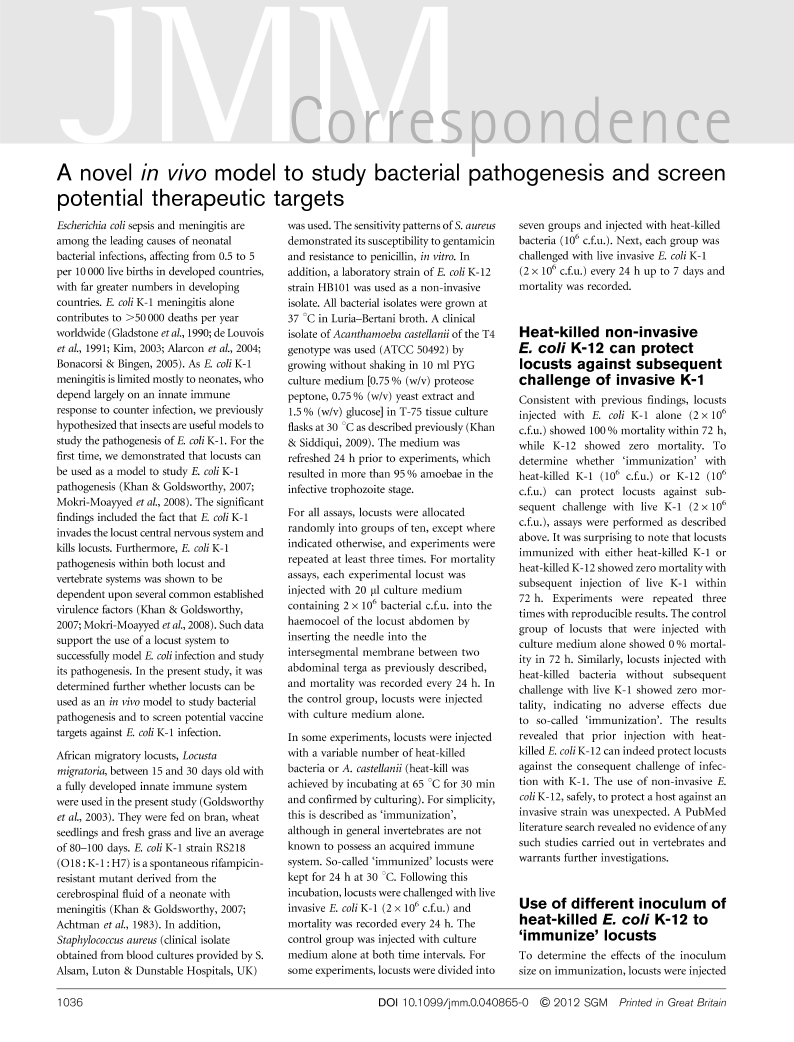
Full text loading...

A novel in vivo model to study bacterial pathogenesis and screen potential therapeutic targets, Page 1 of 1
< Previous page | Next page > /docserver/preview/fulltext/jmm/61/7/1036_jmm040865-1.gif
There is no abstract available.

Article metrics loading...

Full text loading...
References

